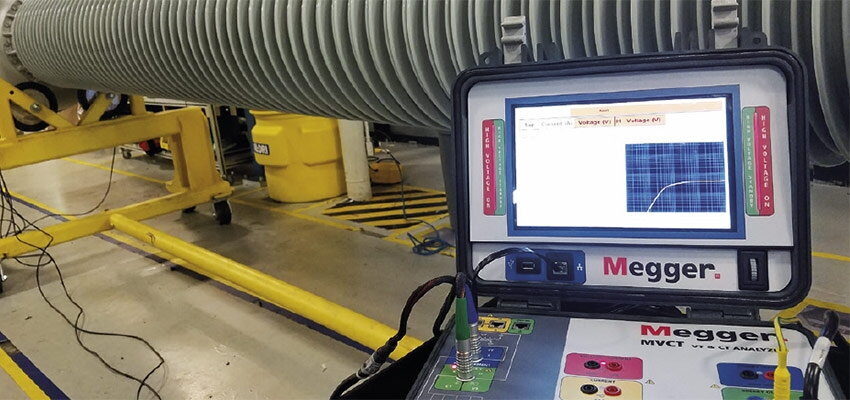
Effective condition assessment of OIP HV current transformers
Abstract Current transformers are used in all branches of the electrical system covering two major applications: first, energy metering systems and; second, protection and control...
byDiego M. ROBALINO

Abstract
Current transformers are used in all branches of the electrical system covering two major applications: first, energy metering systems and; second, protection and control schemes. Failure to comply with rated accuracy and performance characteristics may derive in unexpected mal-operation of the system and potential loss of major assets as well as possible interruption of electric energy supply to consumers. In the field, effective condition assessment is required following general procedures stipulated in the international standards (IEC, IEEE, NETA). Throughout this article, a complete procedure for effective electric and dielectric condition evaluation of HV oil-impregnated current transformers is summarized considering the best field practices and international reference standards.
Keywords: high voltage current transformers, routine testing, demagnetization, dielectric frequency response
1. Introduction
Non-intrusive and non-destructive testing procedures are primarily used in the field. A complete analysis of the electrical parameters and their compliance with nameplate information is the first step in qualifying the electrical condition of the CT. In addition to electrical testing, a series of dielectric tests can be carried out in the field to determine the condition of the insulation system of oil-impregnated HV current transformers.
A good testing plan is key for field personnel. Knowledge of fundamental standard requirements, safety practices and expected values support a successful field procedure. Time is a commodity, and effective as well as efficient techniques must be applied in the field to ensure reliability and continuity of operation.
This article covers best field testing practices and interpretation of results. It will be a practical reference for testing technicians, asset managers and engineers dealing with condition assessment of HV oil-immersed current transformers. For the purpose of this article, the topics of field testing are divided into electrical testing and dielectric testing.
2. Field testing of HV OIP current transformers
By definition, CTs are instrument transformers whose primary winding is connected in series with the conductor carrying the current to be measured or controlled [1, 2].
In practice, the accuracy of a CT or its ability to precisely represent the primary current is dependent on two factors:
- The external load applied to the secondary of the CT (referred to as burden)
- Magnetic losses that occur in the core of the CT
Transformation errors will always exist in varying degrees because of losses that occur within the magnetic circuit of this specialized type of instrument transformer. Errors in the accuracy of current transformation can be related to both CT construction and their specific application.







